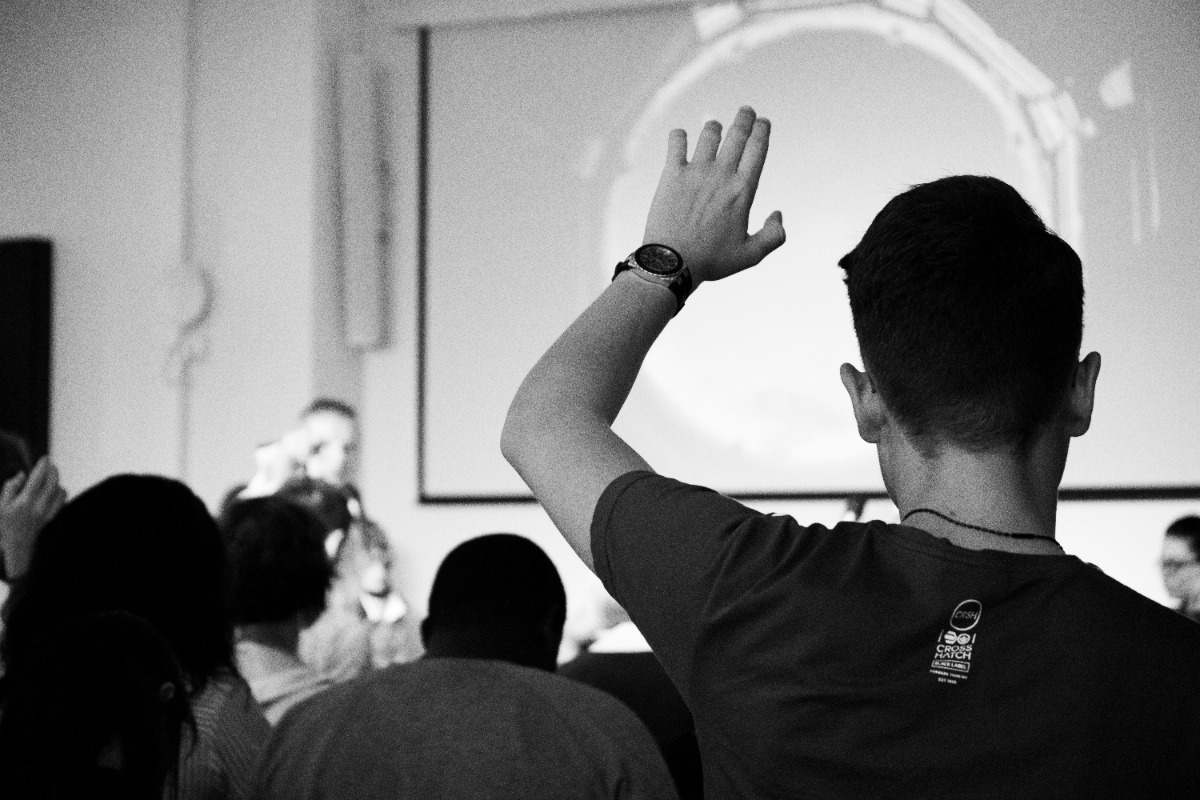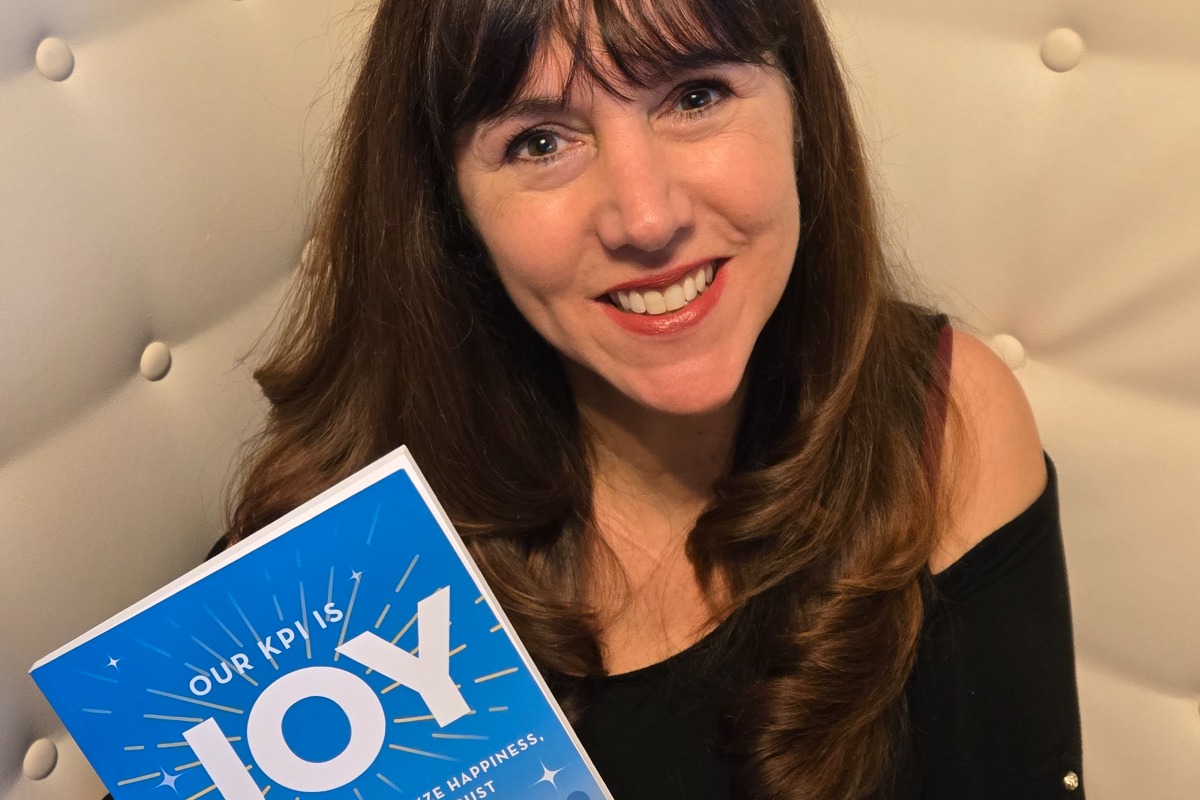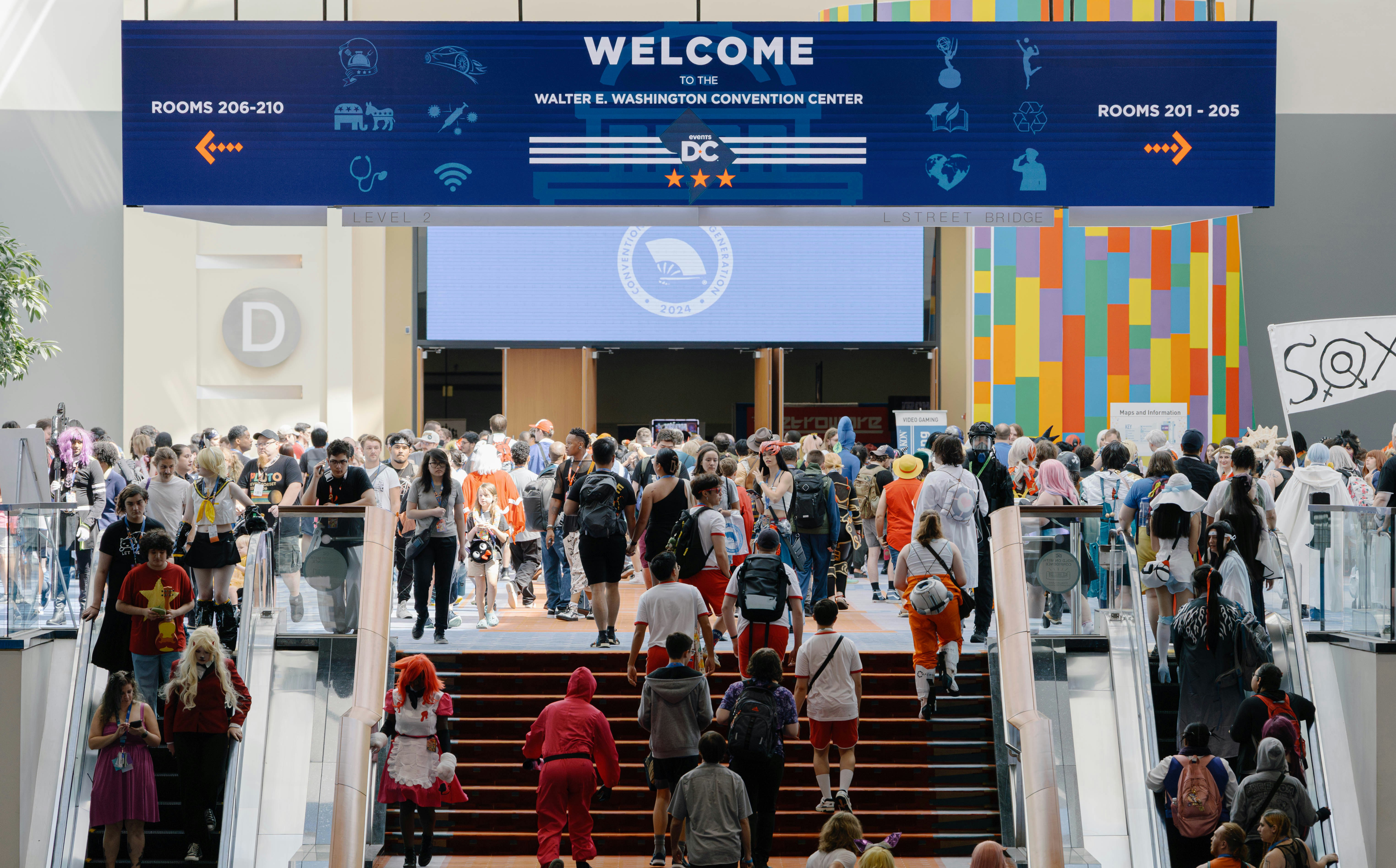20 (Much-Needed) Tips for Making Panels Work

Skift Take
Panels can be a great way to include different points of view on the stage, if done well. But when they fall flat, they can be painful. Here are 20 tips that will help.
One of the great mysteries of meeting design is why organizations keep insisting on using panels when the vast majority of attendees dislike the format. Is it laziness? Pressure to include speakers from certain organizations? A perceived lack of options?
Or all of the above?
If you’re going to plan a panel, the following 20 tips will help make them interesting and fresh:
Panelist Selection Tips
- Keep it small, with no more than three panelists.
- Don’t skimp on speakers and moderator research. Choose panelists who offer from different perspectives and industries/disciplines who can examine the topic in the context of their own work. Include people with opposing points of view to build in debate or tension.
- Be inclusive, making sure that the panel participants reflect the diverse makeup of the audience and industry (and of course, avoid the dreaded ‘manel’).
- Avoid using the same speakers as everyone else. Compare the programs from the last three years of competing events in the same sector. Of course, there will be some exceptions, but make sure there are not many.
- Run potential panelists/candidates by your event committee so they can weigh in. If you don’t have a formal committee, create an ad-hoc one for the purpose of getting feedback.
Content Tips
- Never use panels for marketing or public relations, and don’t allow panelists to do so either. Attendees do not want to hear from a company spokesperson.
- Don’t try to cover everything. One topic should be the focus. The topic should be focused and relevant, and preferably chosen by an expert or group of experts in the topic area.
- Prep is essential; make sure the panelists and moderator get on a call before the event to discuss content and flow. But don’t over-engineer the conversation, it should feel fresh and live.
Session Planning Tips
- Avoid back-to-back PowerPoint presentations, with a couple of questions at the end. Give the audience something that they can't get on YouTube.
- Do a dry run of the slides, making sure there are no issues with any videos being shown (especially if it is embedded).
- For greater sound quality and a professional delivery, use a lavalier (lapel) mic or a headset for each panelist, rather than hand-held mics.
- Avoid narrow stages; panelists should not be balanced precariously at the edge of the stage or look like they are sitting on top of each other.
- Funky furniture can transform the look of the panel, but make sure the furniture is not so unusual that it becomes the focus. Also, make sure chairs are comfortable to sit on, or that will be the first topic of every on-stage conversation.
- If you are using low seats or a table without a modesty panel, warn female panel members so they can plan their outfits accordingly.
- Even though they have met on the prep call, try to convene the speakers and moderator on-site with ample time before they go on stage so they are comfortable with each other when the spotlight is on them.
- During the Q&A, a lot of time is wasted waiting for microphones to travel across the floor. Devise a plan in terms of the number of wireless microphones needed, which staff will act as the mic runners, and where they will be positioned to cover the whole floor effectively. Make sure you have a comment or a question handy to cover any delays.
On-stage Tips
- Skip the intros and get right into the conversation. Or ask each person to say who they are and to give a 30-second overview of their motivations, stance or an interesting and related fact. Include the speaker bios in the program and on the meeting app.
- It is important to keep the panel conversation spontaneous, but if a difficult response is going to be required, give the panelists advance warning to avoid awkward moments.
- Think of a panel as a TV show with commercial breaks. Every six to eight minutes, shift gears. Reframe. Add some activity.
- There’s always at least one audience member who tries to dominate the conversation during the Q&A, or to sell something. Shut him or her down quickly. Be firm but polite.
Up Next
Event Design
Meetings Innovator: Tahira Endean
IMEX Head of Programming Tahira Endean lives and breathes creativity. So it makes perfect sense that she would dream up the idea of categorizing ‘joy’ as a KPI — and then write an entire book about it.
Industry News
Business Events Industry Joins Coalition Opposing U.S. Tariffs on Chinese Ships
The business events industry is pushing back against U.S. tariffs on Chinese-made ships. While policymakers aim to curb China's maritime influence, industry leaders warn that these measures will increase costs, disrupt supply chains, and ultimately harm American businesses.
Toolkit
6 Tips to Make Registration a Breeze
Registration is attendees’ first impression of an event — and involves much more than just filling out a form and printing a badge.
Logistics & Operations
Introducing a Speaker? Here Are 5 Tips
Stay away from rambling, formulaic intros — your speakers deserve better than that. Or maybe skip the speaker intro altogether.
Diversity and Inclusion
WorldPride 2025 a Go Despite Sponsorship Losses and Travel Challenges
The shifting political landscape in the U.S. is casting a shadow over WorldPride 2025, with sponsors pulling out and international travelers facing growing uncertainty. While organizers remain steadfast in their commitment to hosting the global event, concerns over all Pride events are mounting.





